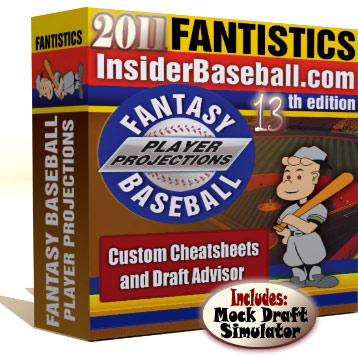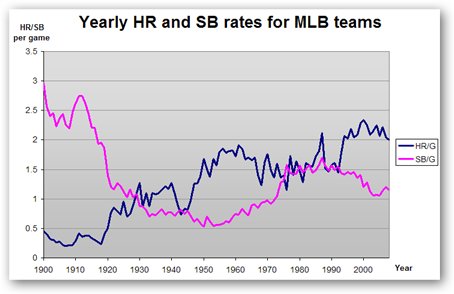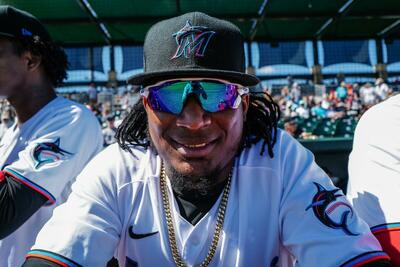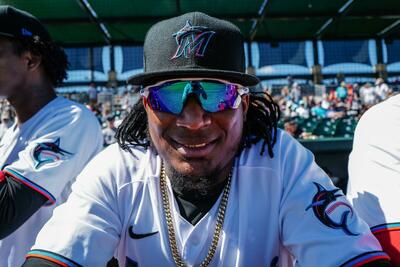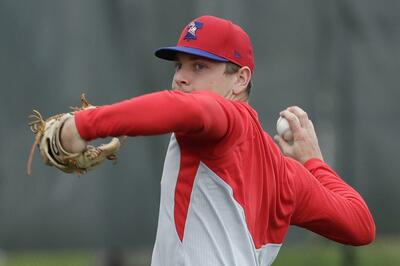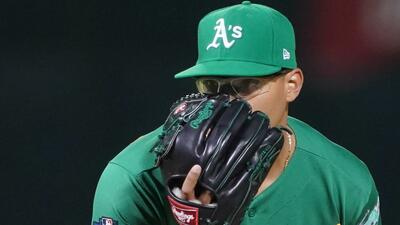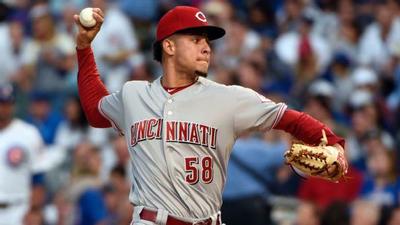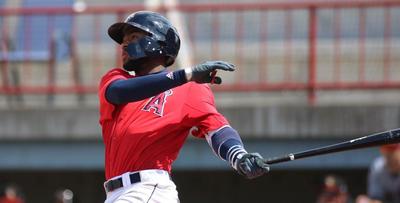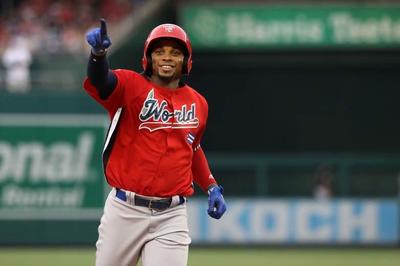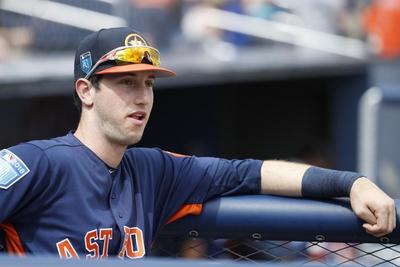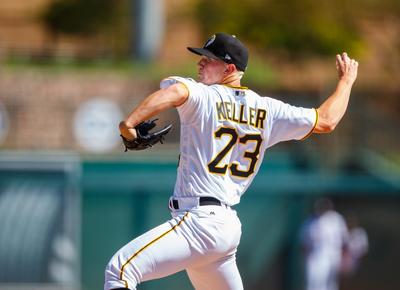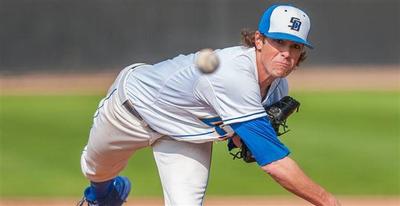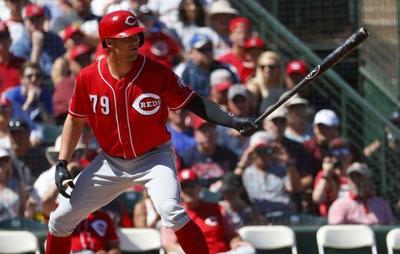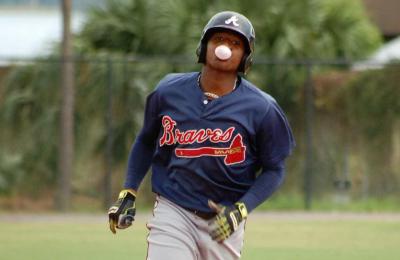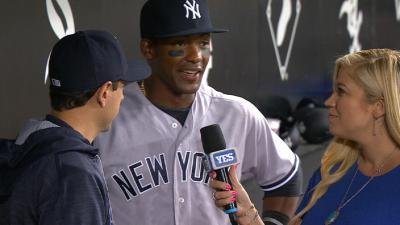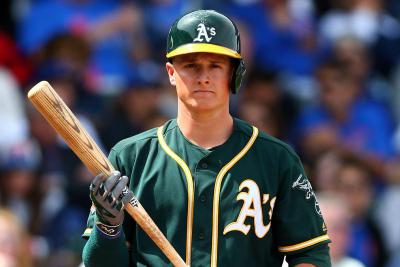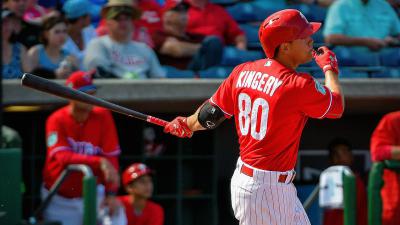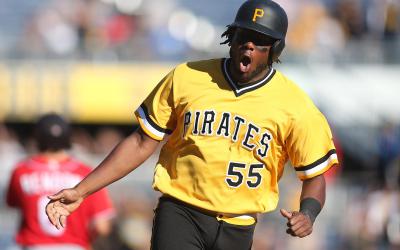Last week we discussed the shift we've seen from pitchers in this post PEDs era. Today we're going to look at what's happening on the offensive side. Like Yin and Yang, what happens on one side must also affect the other side. Below are the hitter averages for the popular 5 fantasy scoring categories over the years 2000-2010 (criteria the top 300 batters):
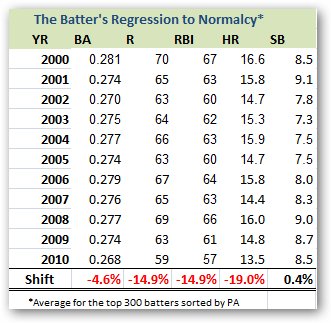
As discussed, in 2010 we really saw a big turn in the paradigm back towards pitching. As you can see above, there was a 15-19% drop in Runs/RBI/HR using the mile stone markers of 2000 and 2010. The batting average number is a little deceiving, but consider that a drop from .281 to .268 is just as dramatic as the drop in Runs production.
As I alluded to last year, after discounting other theories such as ballpark effects, there is little to tie this back to other than the ban on PEDs imposed by MLB. Consider that even the celebrated Stats Guru Bill James recently recanted from his original stance: "I was very skeptical how effective the efforts to get rid of the steroids would be — but there is absolutely no doubt now that we have made tremendous strides over the last two years. Just look at the players. They’ve gone back to being normal sized."
So assuming that this paradigm shift is here to stay, I believe there is another area in which baseball will change, an area that has shown little if any change over the last decade: Stolen Bases. Below is a graph (courtesy of Wikipedia), which measures the divergence of HRs and SBs over the last 110 (or so) years. For now lets ignore the blue line (HR rates). It's clear to see that Stolen base rates (pink) are off by at least 30% since 1995 (~1.5 per game verses ~1.0 today) :
It's interesting to note that although stolen bases are considerably lower than 20 years ago, they are considerably higher than the decades of the 50s and 60s, when on average there were only .5 Stolen bases per game. It's no surprise that there seems to be an inverse relationship during periods when the number of Home Runs increase...and a convergence when there's a decline in the power rates.
As a disciple of the Regression to the Mean theory, I think we'll once again move closer to the convergence that we saw during the 1970-1990 period. Simply, small ball wins baseball games when the long ball isn't as prevalent. Some organizations have already begun the new arms (legs) race. According to Bill James' Team Baserunning Analysis which takes into consideration base-stealing, avoidance double plays, and extra bases (penalized for being thrown out): The Rays, A's, Rangers, Marlins, Yankees, and Phillies were the top 6 teams in "Net Speed Gain" in 2010. 4 of these teams were among the best in baseball last year. The Marlins and A's...not so much...but when you consider their payroll, an argument could be made that they exceeded their expectations.... and folks if Billy Beane is on this train, expect others to follow.
Some years ago, James figured there was a 68% threshold rate. In essence his research indicated that if you're not successful in 2/3 of your stolen base attempts, then you are hurting your teams chances to score/win. Without access to the data, I surmise that the Roids era probably had an inflated impact on this threshold, and that 68% is probably moving steadily downward. Fewer big hit observations will and has surely reduced the number of runs scoring, hence making the opportunity cost of stealing bases less expensive.
Two observations that come to mind:
-
As more managers and GM's catch onto the trend, we'll see more stolen base attempts and hence more stolen bases in future years.
-
Prospects without power, the types that have been slighted over the last decade, will start becoming more prevalent with playing time assignments in the big leagues.
We've already seen the shift in emphasis on defense/defensive range, this is just the next progression in that venue.
What this likely means for Fantasy GMs?
-
The number of SBs required to win your fantasy league's SB category will likely rise.
-
We will likely see be more kids coming up with the potential to steal 20+ bases, making steals increasingly more available in the free agent bin.
I will add that although there may be more options for stolen bases in the near future, this doesn't necessarily diminish the value of the top tier baserunners (Ellsbury,Pierre,Gardner,Bourne, Reyes). Rather their separation from the increasing mid tier will continue to constitute a play on scarcity. What I do foresee as being overrated will be the players in the 20-30 range, especially those that offer little value to the other scoring categories.
We might be a year early on this one, but I think the trend that will emerge here is inevitable. Look for more player notes on this topic in the weeks ahead and changes in the player projections as Spring Training is now upon us!
![]()
Here's some more Sabermetric analysis which helps define our preseason projections. These notes and other can be found in the notes section next to each of the players in the 2011 Player Projections Software. In no specific order, here we go:
Konerko, Paul 12.8
XBH% was the highest of his career. Elevated Singles % inflated his BA by
30 points. Big risk to repeat at 35. Downturn projected.
Dunn, Adam Big Country shouldn't see a pop in HRs, but RBI and RS
opps will increase nicely in Chicago this season.
Branyan, Russell Continues to struggles vs LHP, only SLG .390
against them in 2010. Platoon role at best in '11
Helton, Todd Numbers have been on serious decline since 34. No
longer a consideration at power laden position.
Lee, Derrek XBH% dropped 30% in '10 but rebounded strongly in 2nd
half. Bounce back expected.
Pena, Carlos Abnormally low 14.6% LD% in '10 contributed to his
.176 BHIP. Bounce back in BA, RBI and RS expected in '11.
Pujols, Albert Still only 30, Pujols had his worst season in the
last 3 years in '10. His EYE dropped to the lowest level in years (1.36),
which is still one of the best in the game. Still the best player in
baseball as his PW% of .60 remains at elite level.
Huff, Aubrey Improving EYE (.91) has offset his advancing age (34).
Huff seems to have a good season followed by a disappointing season. '11
projects as a down season.
Teixeira, Mark Unlucky BHIP% (.207) means that we will see a
significant rise in his BA. Strong bounce back projected.
Overbay, Lyle We expect to see a drop in his RS%. It was
encouraging to see him improve against LHP (.405).
Nady, Xavier Nady was a stud in 2008, injuries have hampered him
since. Still at only 32, and in an offensive ballpark, Nady makes for a
solid late round sleeper.
Morneau, Justin Morneau was enfuego before the 2nd half injury
shortened his '10 campaign. Monster season could be ahead. Early reports
have him swinging the bat...stay tuned.
Cabrera, Miguel Maintained a .600 SLG throughout the '10 season. No
reason to expect anything but top tier for a young hitter (28) who is
swatting the ball at a 15.3 XBH rate.
Hawpe, Brad Only slugged .385 in PETCO over a 3 year span with 1
HR. Numbers will bounce back, but I can't see more than 20 HRs this year.
LaRoche, Adam Drove in 100, but will not likely drive in more than
90 this year.
Gonzalez, Adrian Slugged 140 points less at Petco last season,
which means we might see him slug a remarkable .600 this season in Boston.
Kotchman, Casey Struggles mightily against LHP (.208). Will remain
a part time player until further notice.
Moreland, Mitch Still has to prove that he can be an everyday
player. Only hit 300 (SLG) against LHP in '10. Decent EYE (.69)
Sanchez, Gaby Rise in RBI% projected, continues to hit well against
LHP (535 SLG)...needs to bump up his PW% verses RHP to elevate his game
(which is possible).
Votto, Joey Votto is scary good. His .90 FPI is reminiscent of the
steroid era. WOW. 13.7 XBH%, .672 SLG against RHP.
Murphy, Daniel If he can complete transition to 2nd base, he will
be above average offensively at his new position.
There are over 400 player notes in the software this year and over 1,500 player projections.
We'll be back on Wednesday with some early spring notes.
Statistician and Publisher -Fantistics Insiderbaseball.com
